
Recommendation
Remember your last conflict, either at home or at work. What was it about? Were you unable to agree on how a task ought to be completed? Or did deeper issues of personality and values come into play? Did one or both of you try to pull rank? In this episode of WorkLife, organizational psychologist Adam Grant and his expert guests illustrate how defining the nature of a conflict can be the first step to reaching a resolution.
Summary
About the Podcast
Organizational psychologist Adam Grant is the author of several books and the host of WorkLife, a podcast that explores the science of making work more enjoyable.
By the same author
Article
Video
Book
Learners who read this summary also read
Book
Book
Book
Book







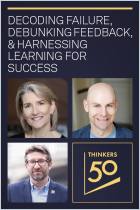
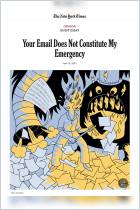





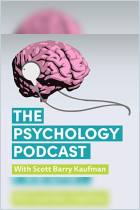
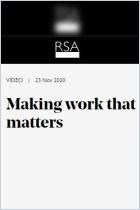
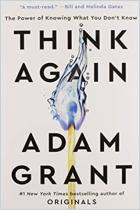

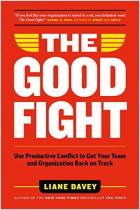

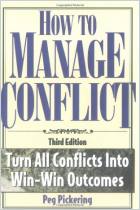

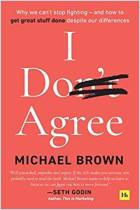




Comment on this summary or Start Discussion